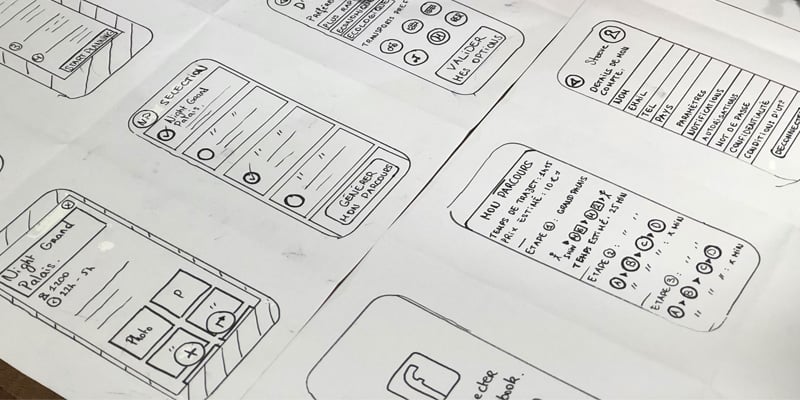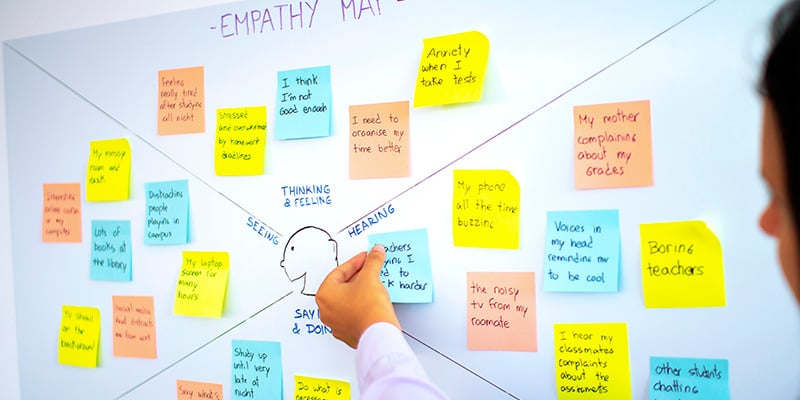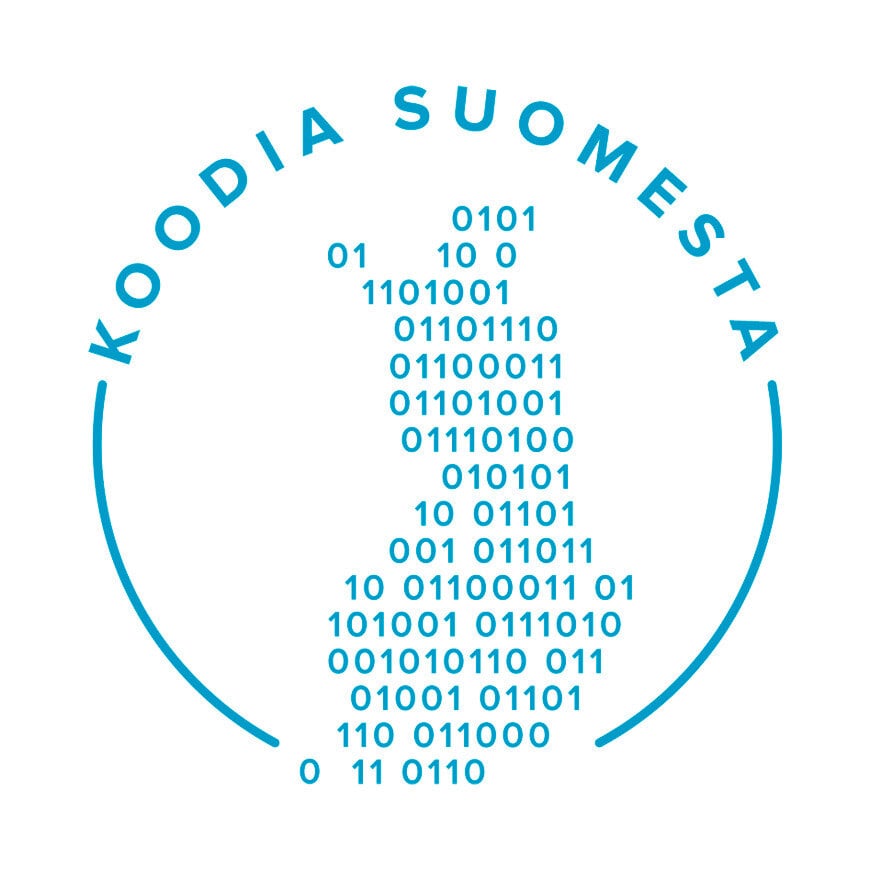Create competitive advantage with user personas - Take advantage of an easy UX process

In today's wide range of digital services, understanding your target audience is crucial to creating quality customer experiences. Digital services should no longer be thought of as business cards, but as customer service channels that connect with the target audiences chosen by businesses.
If your digital service's conversion rates are falling short of targets and negative customer feedback is coming in, the challenge is often the lack of user personas.
Fortunately, there is an easy solution.
(Source: Adobe)
What are user personas and why do we need them?
User personas describe your user community, giving a detailed picture of your target audience's motivations, goals, problems, behaviours, constraints and demographics, etc.
In other words, user personas are not just fictional profiles, just real people with their feelings and needs..
So why create user personas?
User personas are developed in order to serve the target group chosen by the company and thus meet their needs. If you try to serve everyone, you serve no one. This is particularly important in B2B companies, where digital services are tailored to the needs of specific user groups.
Understanding users' motivations, goals and pain points is essential for user-centric design. Understanding needs goes beyond demographics, including user values, preferences, employment, etc.
This data can be used to better understand end-users and create 360 profiles.
Put empathy at the core
User personas make your target audience more human and easier to talk to, because it goes deeper into their motivations, pain points and aspirations.
This understanding allows you to understand users and create, for example, interfaces and touchpoints that feel intuitive to end-users and respond to real needs.
In this way, users connect with the brand and prefer it above the rest.
Empathy map: a deeper dive into the topic
An empathy map is a good tool to start building an understanding of your current customers. The empathy map focuses on the emotional aspects of user personas and maps their feelings, thoughts, desires and problems.
The Empathy Map is a powerful way to create a more nuanced understanding of your audience's mindset and needs. It should take no more than one working day to complete an empathy map.
You can create an empathy map using Miro as an example. Here is the link
User personas vs. buyer personas - which will you choose?
We often talk about buyer personas and user personas in the same context. Both have the same goal: understanding the target audience. However, they serve different purposes.
User personas focus primarily on the end users of a product or service. The aim is to influence end-user behaviour through design. Understanding is built through empathy, which identifies the challenges faced by users at different points of encounter.
Buyer personas are part of marketing and sales. They focus more on understanding the people or communities responsible for making purchasing decisions, exploring factors such as demographics, purchasing habits and pain points.
There is overlap between the two types, but user personas are primarily concerned with designing products that meet users' needs, while buyer personas guide marketing efforts to reach and convert potential customers.
By identifying and leveraging both personality types, companies can create a seamless approach to digital strategy that serves both user satisfaction and generates more conversions.

(Source: Unsplash)
Get a competitive edge with user personas
In today's global and highly competitive market, user personas are the differentiator that sets your business apart from the competition.
By understanding your audience intimately and tailoring your product or service to their specific needs, you will profile yourself as a brand that cares about its customers.
Research has shown that customer centricity not only increases brand loyalty, but also attracts new customers through positive word-of-mouth and testimonials.
In addition, user personas allow you to stay ahead of competitors who may not necessarily take advantage of user personas. This gives a strategic advantage in the race for customer satisfaction and market share.
So in today's world, where user experience is a critical factor in purchasing decisions, user personas are the secret weapon that allows you to deliver experiences that resonate and make users fall in love with your brand.
When user personas are an integral part of the design process, you're not just designing products, you're also designing a competitive advantage.
(Lähde - Adobe)
This is how you create user personas for your business
Creating user personas is a systematic process, like building a house. The work starts with gaining an understanding of your existing customers. This can be done through surveys, brainstorming workshops, questionnaires and user interviews.
Many design programs (e.g. Miro) have ready-made templates/models for creating user personas that can be easily used. The templates provide a convenient and often structured format where you can enter information about your users and the persona builds itself.
The starting point is to build understanding, i.e. through questionnaires. Surveys can be, for example, small "yes or no" questions to provide basic information or larger sets of questions to gain insight into, for example, motives. Collect the data in one place (e.g. excel) and start segmenting the data. Once enough data has been collected, it's time to build personas.
When creating personas, it pays to focus only on the problem areas of user personas that are related to your services. There are good ready-made persona maps available online that you can use.
You should start by creating, say, 1-3 personas to make it easier to get started. You can build on the data you collect later and create additional personas as well.
It is easy to add information from user research and interviews, for example, to the templates to create a clear visual representation of the target audience. The model can include images, diagrams and charts, for example, to make the personas more illustrative. The finished persona can be printed, for example, on the office wall.
However, the templates should be designed as "living documents", i.e. they will be constantly modified as our understanding of the personas develops.

(Source: Adobe)
Examples of user personas
Tech Tom
Age: 28
Job: software developer
Location: trainer: San Francisco, CA
Gender: Male
Archetype: "Innovator"
Personality: Analytical and introverted
Working style: likes to work on his own
Social: Daily SoMe user
Marketer Mary
Age: 35
Work: Marketing entrepreneur
Location: New York
Gender: Female
Personality: Creative, outgoing and approachable
Working style: alone and in a team
Social: occasional SoMe user
You can find examples on Justinmind's blog here ->
.gif?width=677&height=381&name=giphy%20(7).gif)
(Source: Giphy)
In summary - always put user personas first
User personas are not static documents but dynamic tools that evolve through user research and product development. They are a constant reminder that end users must always be at the centre of the design process. User personas allow you to create products that not only meet users' needs but exceed their expectations, resulting in a more satisfying and engaging user experience.
Incorporating user personas into your UX design process is an effective way to ensure that your products are relevant to and deliver ongoing value to your target audience.
Remember that behind every click, swipe and interaction is a right person with individual needs and expectations. Understanding and designing for them is key to creating exceptional user experiences.






